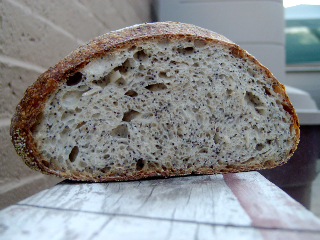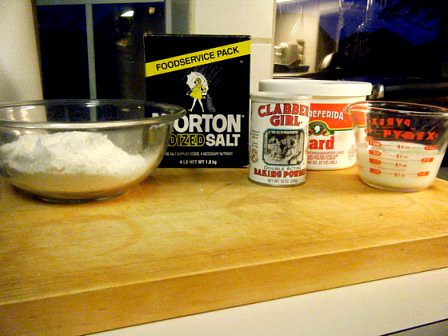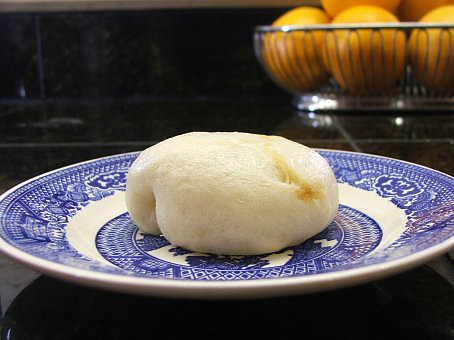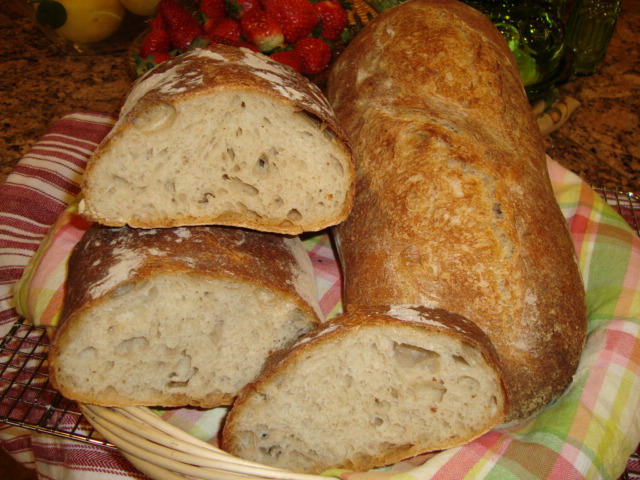Garlic dinner rolls
Made these dinner rolls using the Hokkaido milky loaf recipe I blogged about here. The dough was, of course, made minus the sugar. Rolls were baked for 20 mins at 400F and then brushed with melted garlic butter and sprinkled with parmesan cheese. Both crust and crumb are very soft and moist when eaten warm.
- Log in or register to post comments
- 3 comments
- View post
- bnb's Blog






